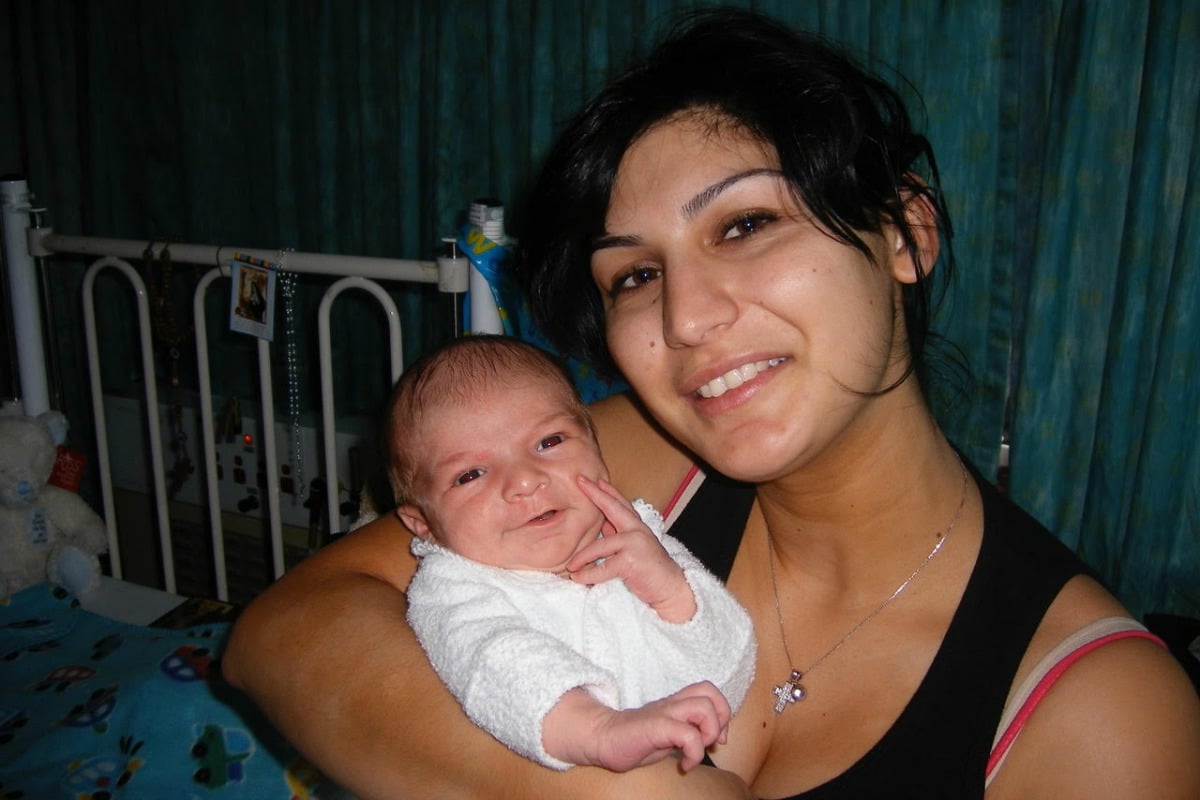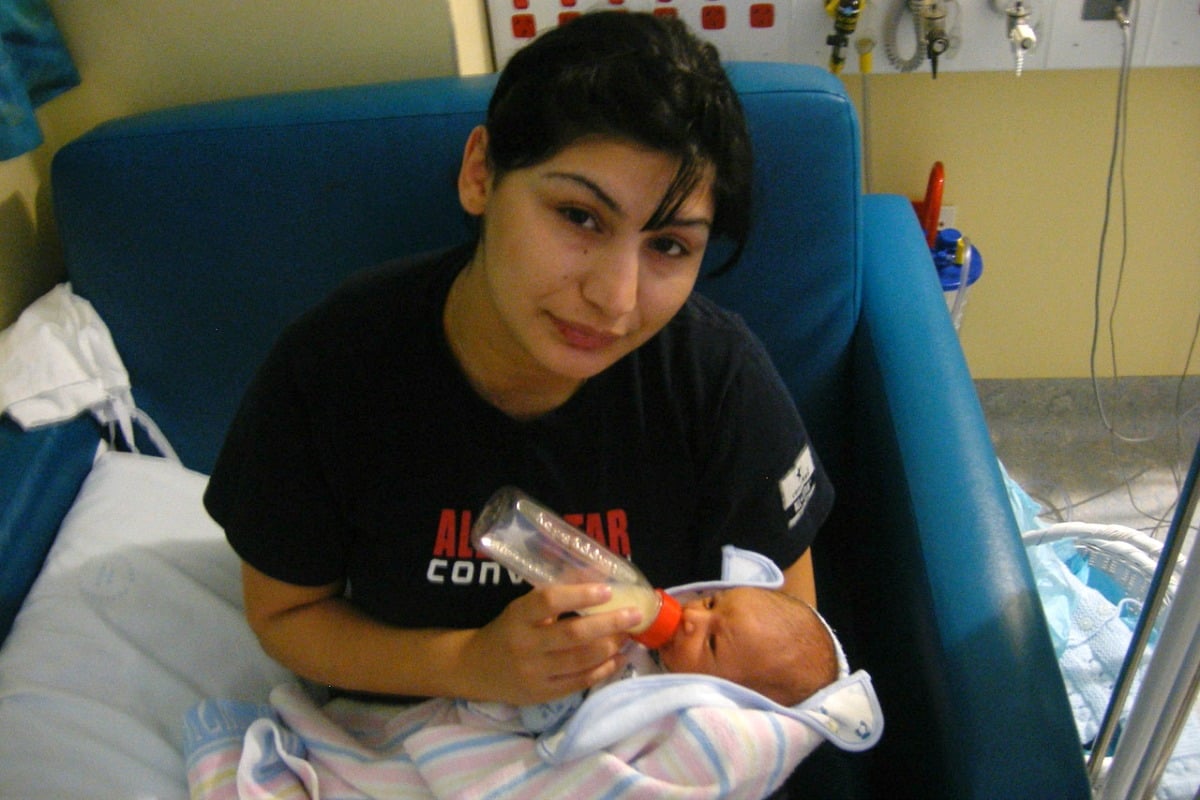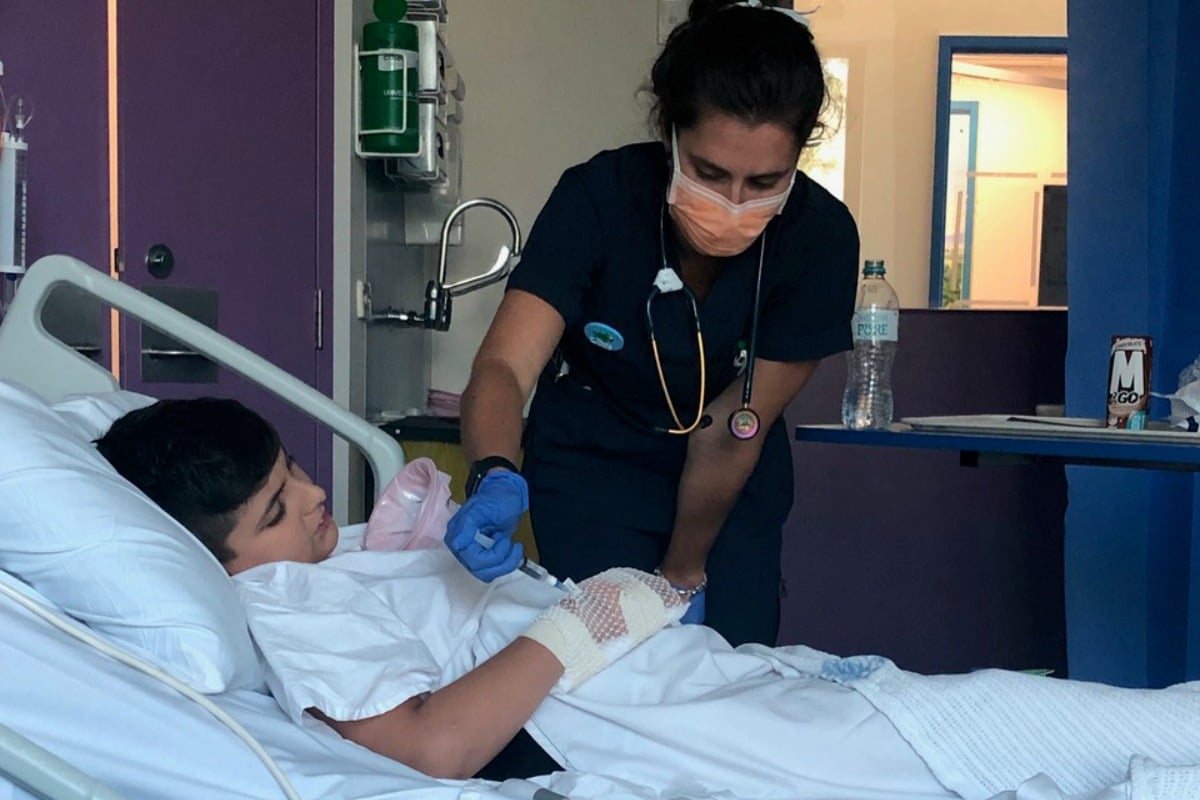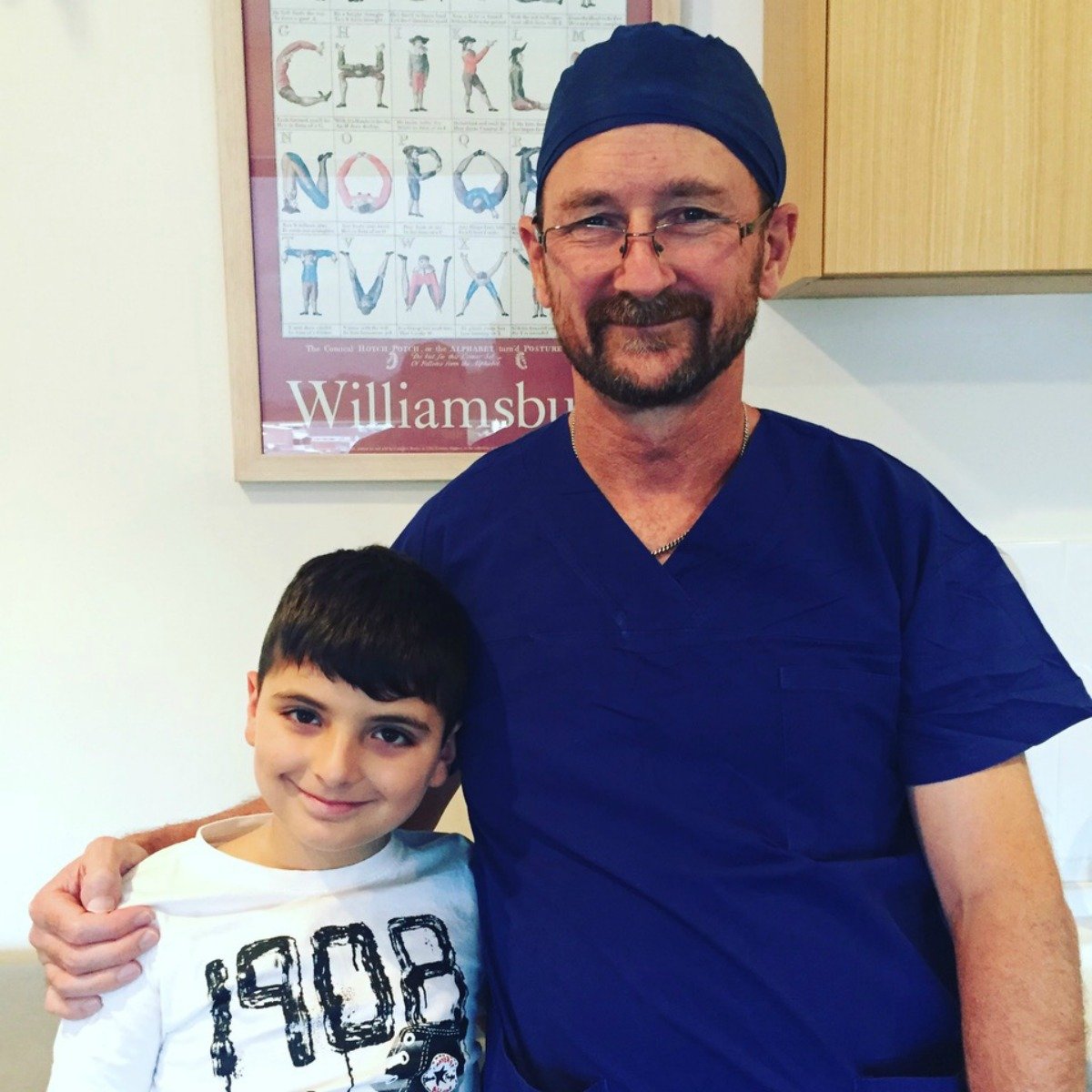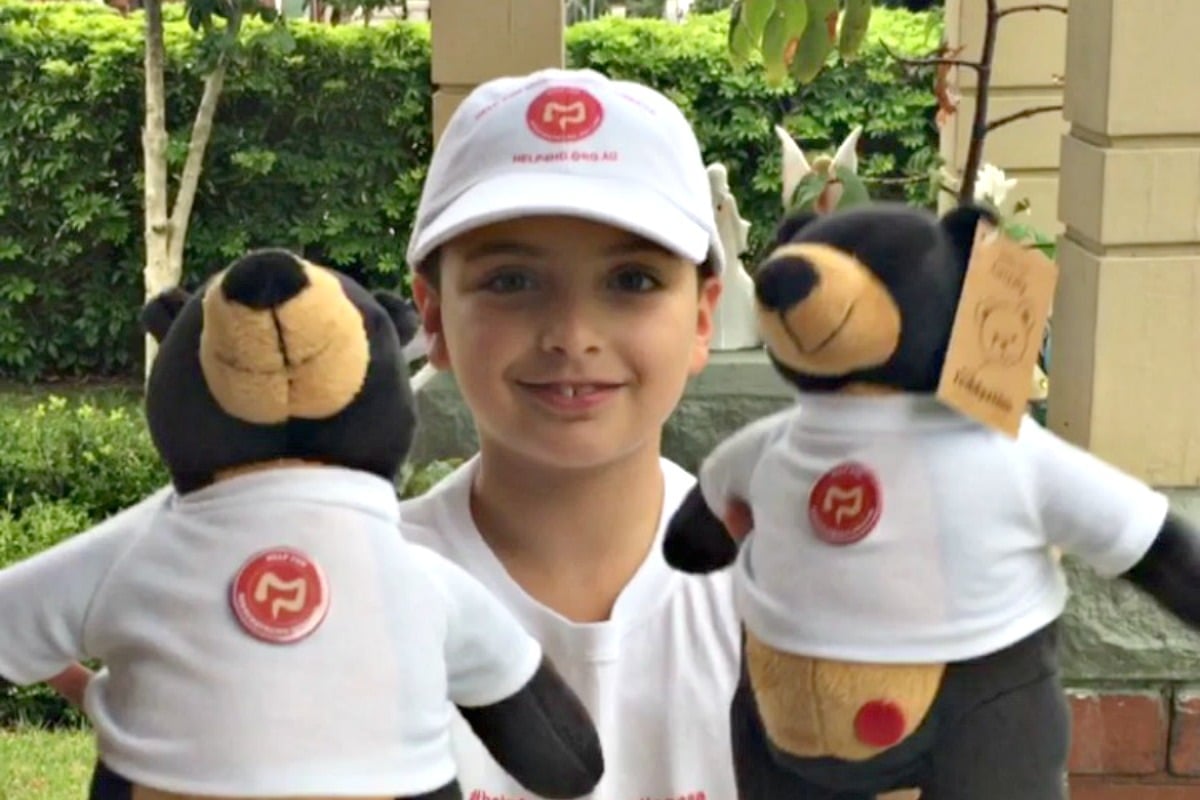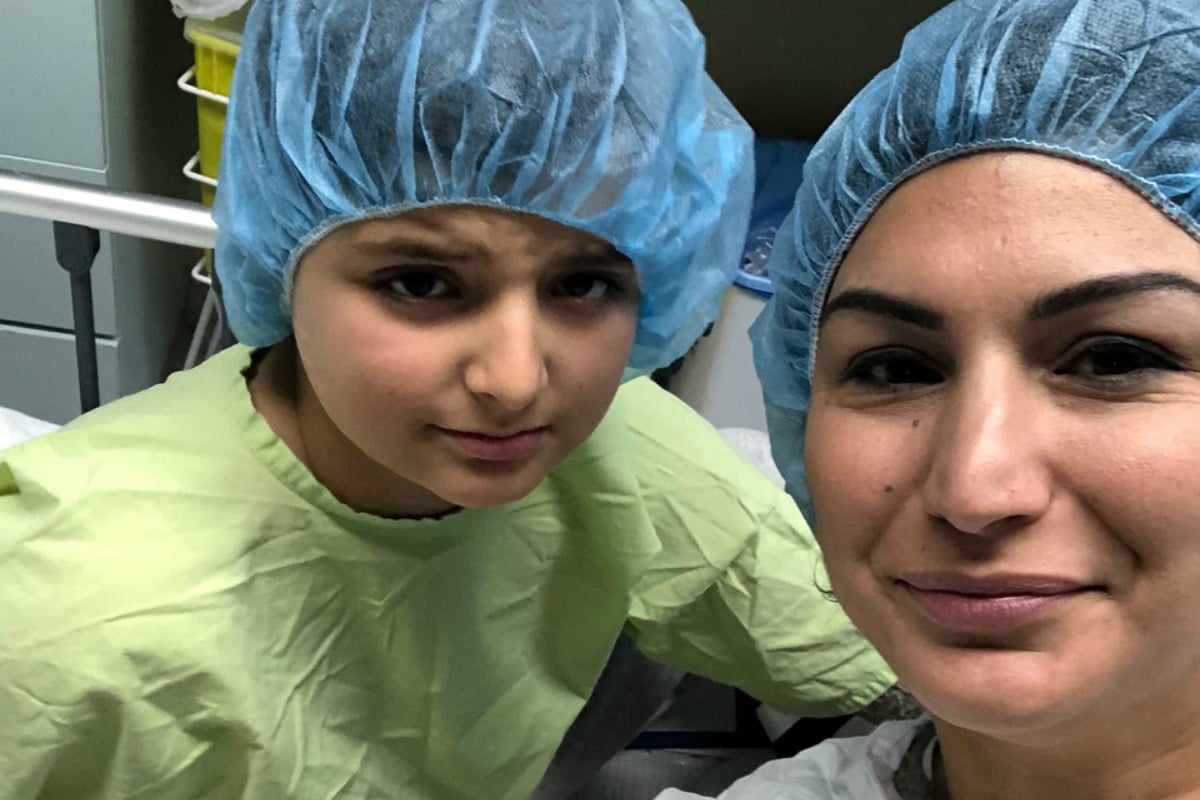
My son George was born in December 2008. I was a newlywed with a honeymoon baby ready for the most exciting time of my life.
But three days after George was born, my husband and I knew something was wrong. Neither of us had had any sleep, and George was in constant pain and vomiting green bile. His stomach was like a football and distended.
The look on our paediatrician’s face after examining George was alarming. What he was about to tell us would change all of our lives forever.
He looked up at my husband and I said: “I think George has Hirschsprung disease. He is very sick and needs to transported to Sydney Children’s Hospital immediately.”
We cried the whole way and then the nightmare began.
George would go on to have test after test, daily irrigations to empty his bowels manually (something he couldn’t do himself), and then we found out he had enterocolitis – an infection in the bowel common with children who have Hirschsprung disease (HD) that can be fatal.
We were now fighting to keep our firstborn alive.
